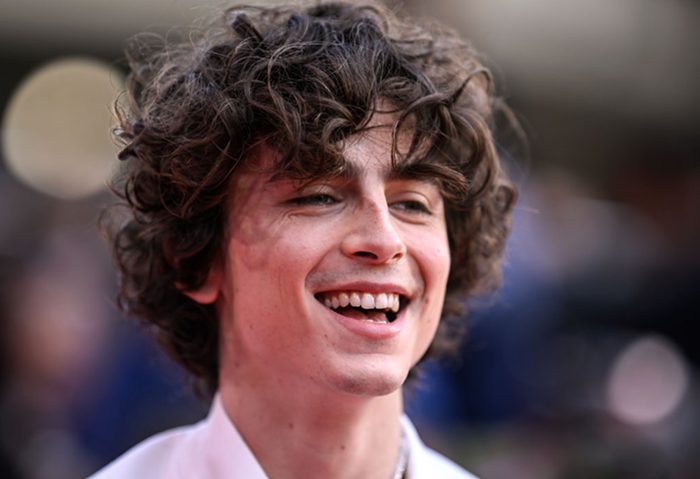With Iron Eagle, Chicago artist Josh Mannis packs equal parts fairy-tale fantasy and paranoid voyeurism into his first solo exhibition. His storybook imagery—taken predominantly from a Time Life Books series on German cooking—includes swans, basket-toting grandchildren in the woods, and, okay, elderly Bavarians enjoying a traditional meal. But to contrast the innocence and wonder connoted by those figures, Mannis weaves a menacing "portal" motif throughout Iron Eagle, in which would-be villains become omniscient observers.
In one of Mannis' intricately constructed digital collages (which are often hundreds of Photoshop layers deep), a pair of swans crane their necks to monitor a group of picnickers strolling along a river. In another, two Aryan-looking children perch over a crystal ball to study some pastoral village. Both collages seem to refer to the voyeurism that occurs when one becomes so immersed in a story or picture that he projects himself into the action. But even that interpretation somehow sidesteps the legitimate creepiness of the observers in these collages.
"Cold Gold" seems to comment on a gallery-goer's implication in this kind of voyeurism, as an elaborate gilt picture frame represents the piece's portal. In it, we see a woodland scene in which a haggish woman watches over a Little Red Riding Hood type as she collects apples in a basket. Above the frame, a wrinkled old man in a suit made of pine needles peers through binoculars, while below, apples spill out of the frame into the foreground. It's easy to narrative-ize the images by interpreting the old man, in his needle suit, as an invisible presence in the forest, blending in with the trees. But Mannis has also created a circular system of observers: The viewer looks into the frame, where the old woman watches the girl, as the old man peers through his binoculars back out at the viewer.
Mannis' digital collages are so visually lavish that they could easily be dismissed as mere eye candy. But, along with two hypnotizing video loops, they are revealed to be much smarter than that—inviting the viewer to participate in the same kind of gaze they depict.












